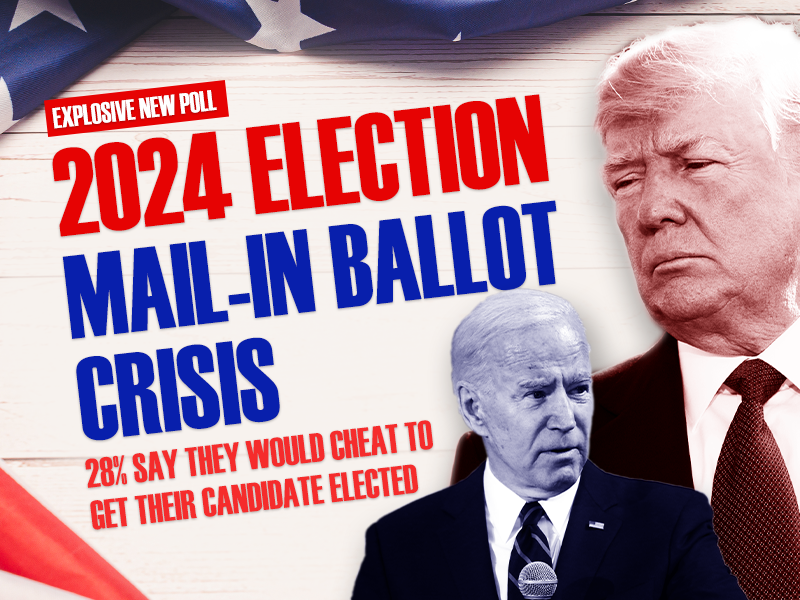Instead of delivering an economic boost to struggling localities, the U.S. Small Business Administration hurts local and regional economies, a new study has found.
The stated purpose of the SBA, created in 1953 by President Dwight Eisenhower, is to “aid, counsel, assist and protect, insofar as is possible, the interests of small business concerns.”
Over the past 60 years, the agency’s budget has swelled to $810 million, only $111.6 million of which is used for business loans. Additionally, businesses participating in the SBA’s programs receive preferential regulatory and tax exemptions, further distorting the market.
SBA Suppresses Economic Growth
The study, published by the National Bureau of Economic Research (NBER), an American nonprofit organization devoted to academic study of the economy, found the economic evidence disproves assumptions behind the SBA’s efforts. The researchers found no evidence the SBA spurs economic growth. In fact, the researchers found SBA lending correlates with negative income growth and negative economic growth in areas with SBA-subsidized businesses.
The study found a 10 percent increase in SBA loans in an area correlates with a 1.7 percent decline in the rate of income growth in that area. SBA’s attempts to prop up small businesses indirectly dampen economic activity in the area where the loans are made by misallocating loan capital that could have otherwise supported more efficient and innovative businesses, the authors conclude.
Crowding the Market
Another way the SBA harms local economies is by crowding private-sector lenders out of the market by offering generous subsidies available only through such taxpayer-funded loans. The agency also inflicts “splash damage” upon counties adjacent to areas receiving SBA assistance, as “lower incomes in the given county lead to decreased demands for goods sold in the neighbors.”
In conducting the study, West Virginia University economics researchers Donald J. Lacombe and Andrew Young and Georgia Institute of Technology Scheller College of Business scholars Matthew Higgins and Briana C. Sell, used a “spatial econometric framework” sampling data from 3,035 United States counties over the past 29 years.
Jesse Hathaway ([email protected]) is managing editor of Budget & Tax News.
Internet Info:
“The Direct and Indirect Effects of Small Business Administration Lending on Growth: Evidence from U.S. County-Level Data,” Andrew Young, National Bureau of Economic Research, http://heartland.org/policy-documents/direct-and-indirect-effects-small-business-administration-lending-growth-evidence-u





